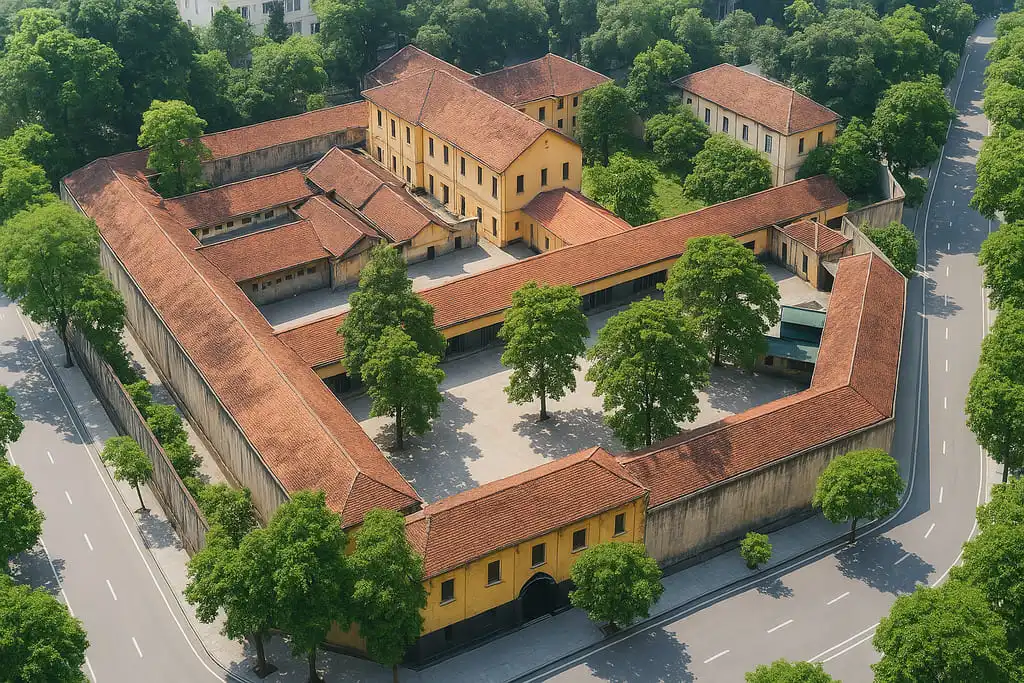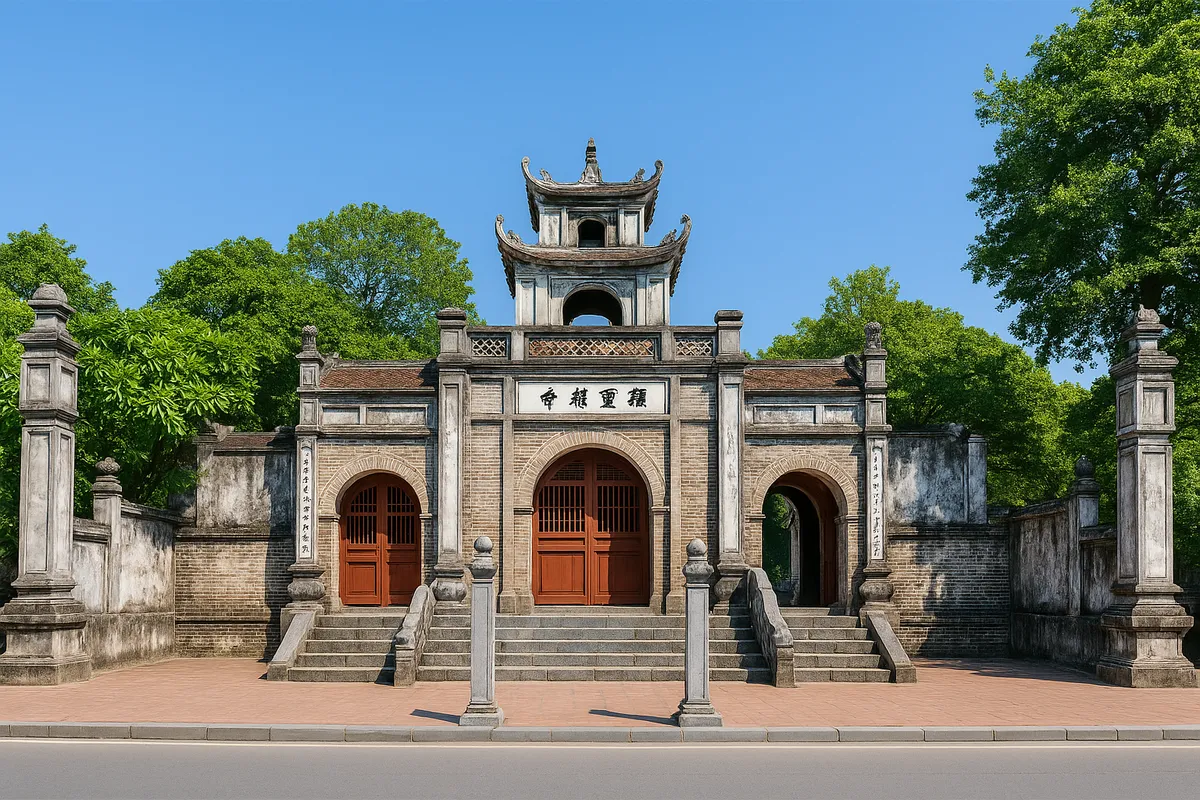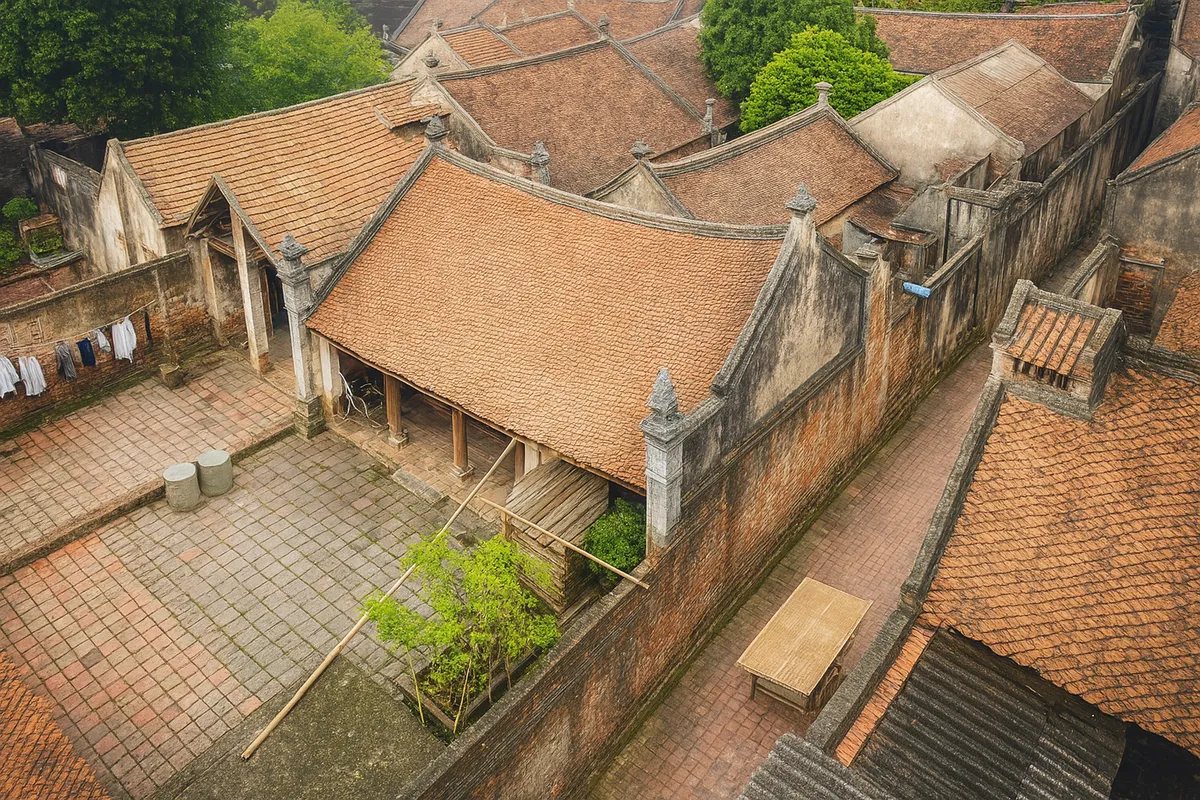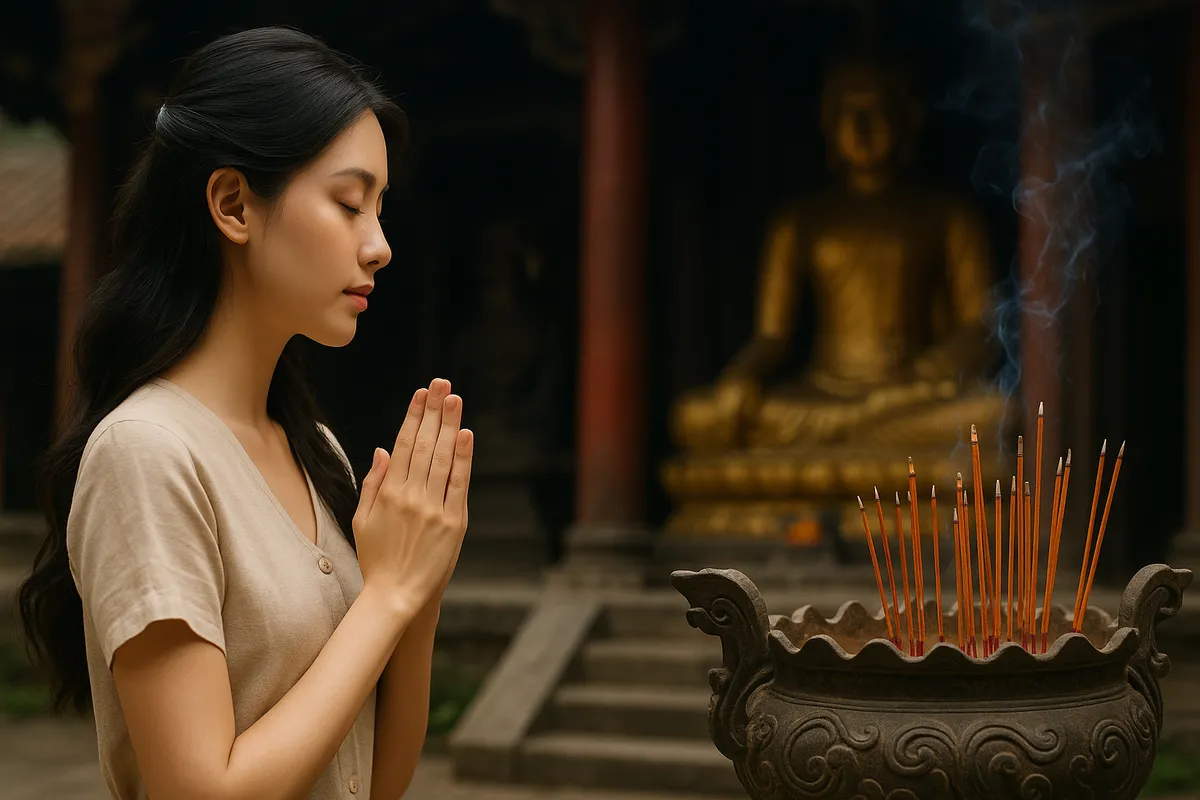Hoa Lo Prison: Echoes of Courage in the Heart of Hanoi
- Sunday, Apr 13, 2025, 09:27 (GMT+7)
Hoa Lo Prison: Echoes of Courage in the Heart of Hanoi
If the walls of Hanoi could speak, the ones at Hoa Lo Prison would whisper the fiercest tales of resilience, sacrifice, and human dignity. Hidden among the bustle of Hai Ba Trung Street, just a short walk from the serene Hoan Kiem Lake, this historical landmark doesn’t dazzle with architectural grandeur or natural beauty. Instead, it commands silence. A solemn kind of silence—the kind that makes your chest tighten, your breath slow, and your heart listen.
I first stumbled upon Hoa Lo on a humid autumn morning. The city buzzed with life, motorbikes zipped through narrow alleys, and cafés brimmed with the aroma of egg coffee. But the moment I passed through the black iron gate etched with the words "Maison Centrale", time stopped. The warmth of the sun seemed to fade. The noise outside fell mute. I had entered a space where history lived not in books, but in the air, in the shadows, in the chill of the stone floor.
Built by the French colonial administration in 1896, Hoa Lo was originally designed to house about 500 inmates. At its peak, it held over 2,000—most of them Vietnamese political prisoners. To the colonists, it was a penitentiary. To the prisoners, it became a crucible of patriotism. And to us, today, it is a place where stories breathe through rusted shackles and faded photographs.
The prison was known to the Vietnamese as “Hoa Lo”, which ironically translates to “fiery furnace” or “stove”. Its name comes from the street it was built on, once home to local wood-burning stoves. Yet, in the harshest twist of fate, the prison lived up to that name in a far darker way. Torture, deprivation, executions—this place saw it all. But it also witnessed something even stronger: unbreakable will.
Wandering the narrow corridors, I felt as though I had stepped into a time capsule carved from suffering. In one of the main cells, where prisoners were chained ankle to ankle on cold stone slabs, the air was heavy with echoes. I stood there longer than I expected. Looking at the life-size mannequins, cast in pain and stillness, I realized they weren’t just representations. They were invitations—an uncomfortable yet necessary invitation to feel.
Hoa Lo’s history is layered and complex. It served different purposes at different times. During the colonial era, it was a facility for political prisoners. Later, during the Vietnam War, American pilots captured during combat were detained here. Among them was John McCain, whose flight suit and photographs are now displayed in a glass case near the rear of the museum. The American POWs ironically dubbed it the “Hanoi Hilton”—a name soaked in bitter sarcasm.
Yet, beyond the concrete walls and chilling exhibits, what lingered most was the humanity. One display told the story of how Vietnamese prisoners risked their lives to teach each other to read, to write, to dream—even in darkness. There were accounts of handwritten poems, secret communications etched on soap bars, and tiny underground networks of resistance. Education, in that sense, became an act of rebellion. And rebellion, a kind of hope.
What struck me most was a letter written by a young prisoner to his mother. Just a few sentences, scribbled in fading ink, but enough to tear you apart: "Mother, I do not know if I will return. But please know, I die with no regret. I believe in tomorrow." That one letter felt louder than a thousand chants.
The museum also sheds light on the duality of the space. While it’s easy to be overwhelmed by the harrowing accounts of pain, there is also dignity in every room. Dignity in the preserved artifacts, the quiet storytelling of the exhibits, and in the respectful way Vietnamese people remember both their suffering and strength. This is not a place of victimhood—it is a monument to endurance.
Today, only a portion of the original prison remains. Much of it was demolished in the 1990s to make way for a modern tower. But the preserved site—carefully restored and curated—is more than enough to leave a lasting impact. The prison layout includes the communal cells, the infamous guillotine room, solitary confinement chambers, and several exhibition areas with bilingual signage and multimedia features.
If you're in Hanoi and only have a few hours, make this visit a priority. It is open daily, with modest entrance fees, and the staff are helpful and respectful of the solemn atmosphere. For those seeking a deeper emotional experience, the “Sacred Night – Glorious Vietnamese Spirit” night tour offers immersive storytelling, music, and visuals that stir something profound. Under soft lighting and the hum of traditional melodies, history isn’t just told—it is felt.
There are no glossy souvenirs here. No trendy coffee shops or Instagram-perfect corners. But there are truths. Raw, unapologetic truths that remind you what it means to be human.
Practical tip: Dress modestly. This is not just another tourist stop—it’s a sacred ground for many. Give yourself time to absorb. You may come out with fewer words, but more depth.
Hoa Lo Prison isn’t about beauty. It’s about bravery. It’s not a place where you leave with a smile, but with eyes wide open and a deeper understanding of Vietnam’s soul. It’s where silence speaks volumes, and courage echoes off ancient walls.
Sometimes, the most unforgettable places are not the ones that sparkle, but the ones that scar—and still stand.

 CHECKIN.VN
CHECKIN.VN








Share on